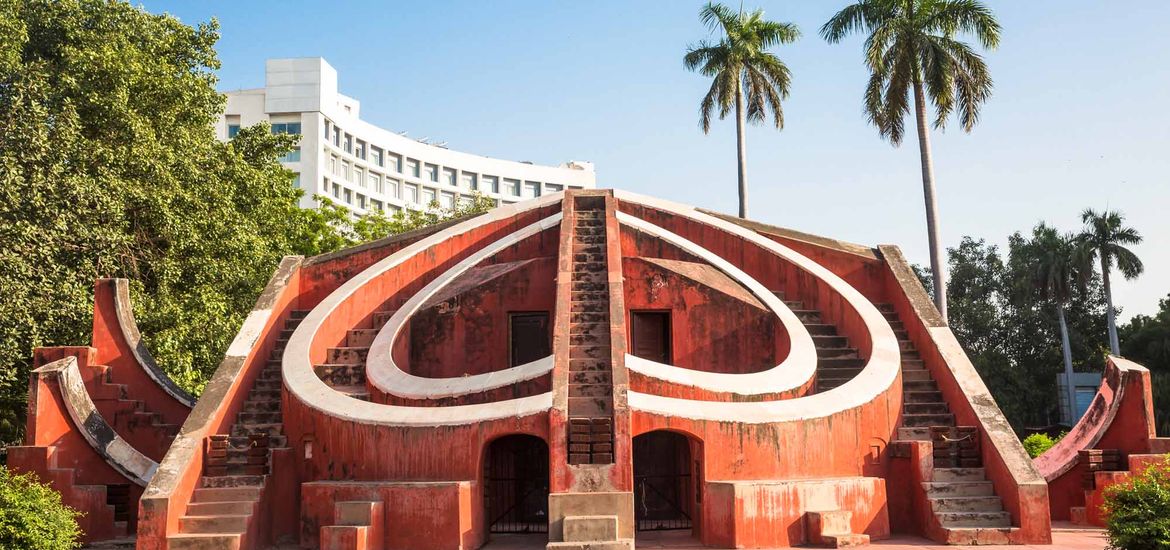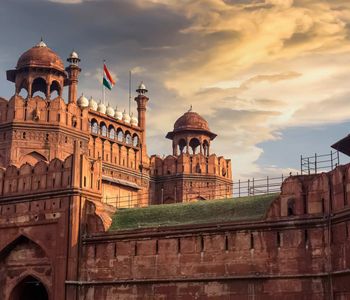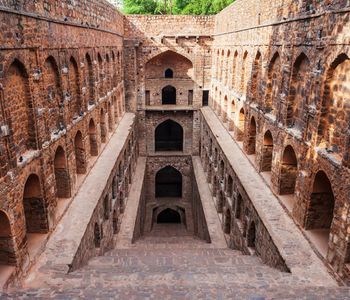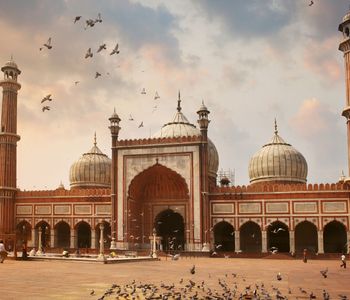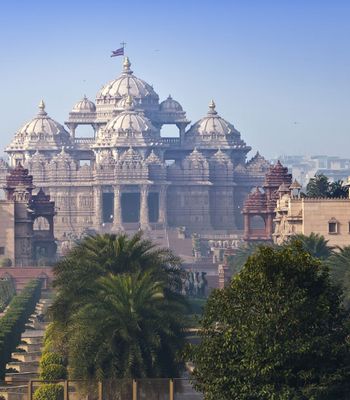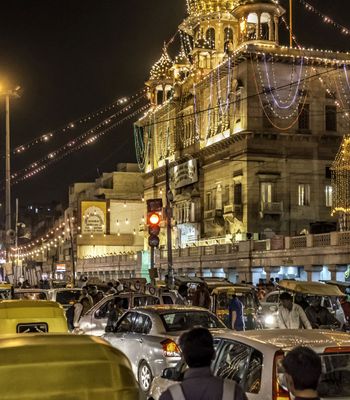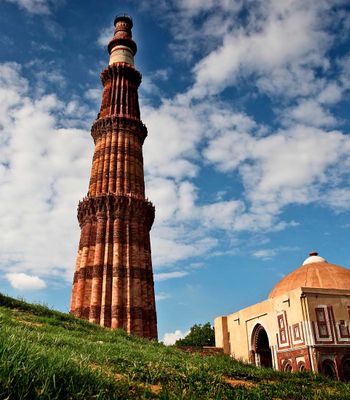Nestled in the city of Delhi, Jantar Mantar is a space observatory that's hundreds of years old. Constructed in 1724, Jantar Mantar is a monument built to explore the skies. Learn about this fascinating structure as you plan a trip to India.
A Kingly Invention
Jantar Mantar was the brainchild of Maharaja Jai Singh II of Jaipur. Remarkably, this king oversaw a total of five structures built for observation purposes. Indeed, this structure was his first project. Loosely translating into "instrument calculation," Jantar Mantar is an observatory with no interior sections. It's entirely an outdoor collection of instruments.
Naturally, the complex's instruments aren't made from metal or glass. They're constructed from masonry materials, including:
- Rubble
- Plaster
- Limestone
- Brick
The king dedicated most of the complex's design to specific angles that referenced the North Pole, the Sun's position and more. As a testament to science, this complex offered an advanced perspective on the stars in the 1700s.
Also, the complex's original purpose was to accurately document the movement of the planets, stars and nearby moon. It served this purpose for many decades until the mid-1800s when it fell into disrepair.
Learning About the Complex's Layout
As you enter the complex, towering structures are the hallmarks of these inventions. In total, 13 instruments make up the complex. However, they're divided into four primary sections.
First, the main instrument is called Samrat Yantra. It's a triangle-shaped sundial with huge dimensions. At 70 feet tall and 114 feet long at the base, this sundial is the dominant instrument on site. Along its edges are graduations for hours, minutes and seconds.
Secondly, two cylinders stand tall for star calculations. This instrument is called Rama Yantra. Essentially, the Earth's longitude and latitude assist star gazers with these calculations.
Next, the Jayaprakash Yantra assists with the Sun and stars positioning throughout the year. With open hemispheres and concave surfaces, this ingenious design shows off the king's intelligence when it came to inventive ideas.
Lastly, the Misra Yantra consists of five instruments. Their purpose is to determine when high noon occurs and when the shortest and longest days of the year fall.
Understanding the Observatory's Significance Today
Even today, Jantar Mantar is an astounding achievement in science. Many scholars from across the globe will visit the complex each year to learn more about its design. Unfortunately, the complex cannot be used for accurate data anymore. Because of the tall buildings surrounding the complex, the sundial and other instruments lost their accuracy over the years.
Although it fell into disrepair in the 1800s, Jantar Mantar had assistance from India's government. Because of the government's funding, Jantar Mantar stands in its original form with only limited modifications for structural support today.
Luckily, India's government receives even more assistance for the site right now. Generally, tourist visiting fees bolster the site's funding. In addition, Jantar Mantar is also a UNESCO World Heritage Site, which offers supplemental income for the complex's care. In the future, more visitors can see the complex and feel connected to the past as it continues to stand tall.
Planning Your Trip
Both locals and foreign visitors receive a small discount if you buy your admission tickets online. Ideally, visit Jantar Mantar when it's a sunny day. Remember, the sundial and other instruments need sunlight to show off their operations. Luckily, the complex is open from 6 a.m. to 6 p.m. every day. If you encounter clouds one day, try to visit the next day when the sun comes out.
Also, hiring a local guide to walk you through the complex is highly recommended. With each instrument, you can hear about the finer details regarding its operation. Alternatively, purchase a book about Jantar Mantar so that you have a reference during your visit.
Lastly, Jantar Mantar is easily accessible from either the metro, bus lines or railway. Because it's centralized in Delhi, the complex remains popular even today. Walking to and from this landmark is possible, too.
By understanding the history behind Jantar Mantar, you can appreciate the king's vision in the early 1700s. With the structure standing tall today, you're welcome to walk the grounds and picture yourself as an early space explorer. In the end, visitors will see a unique side to India's culture as science and spiritual beliefs merge into one.
